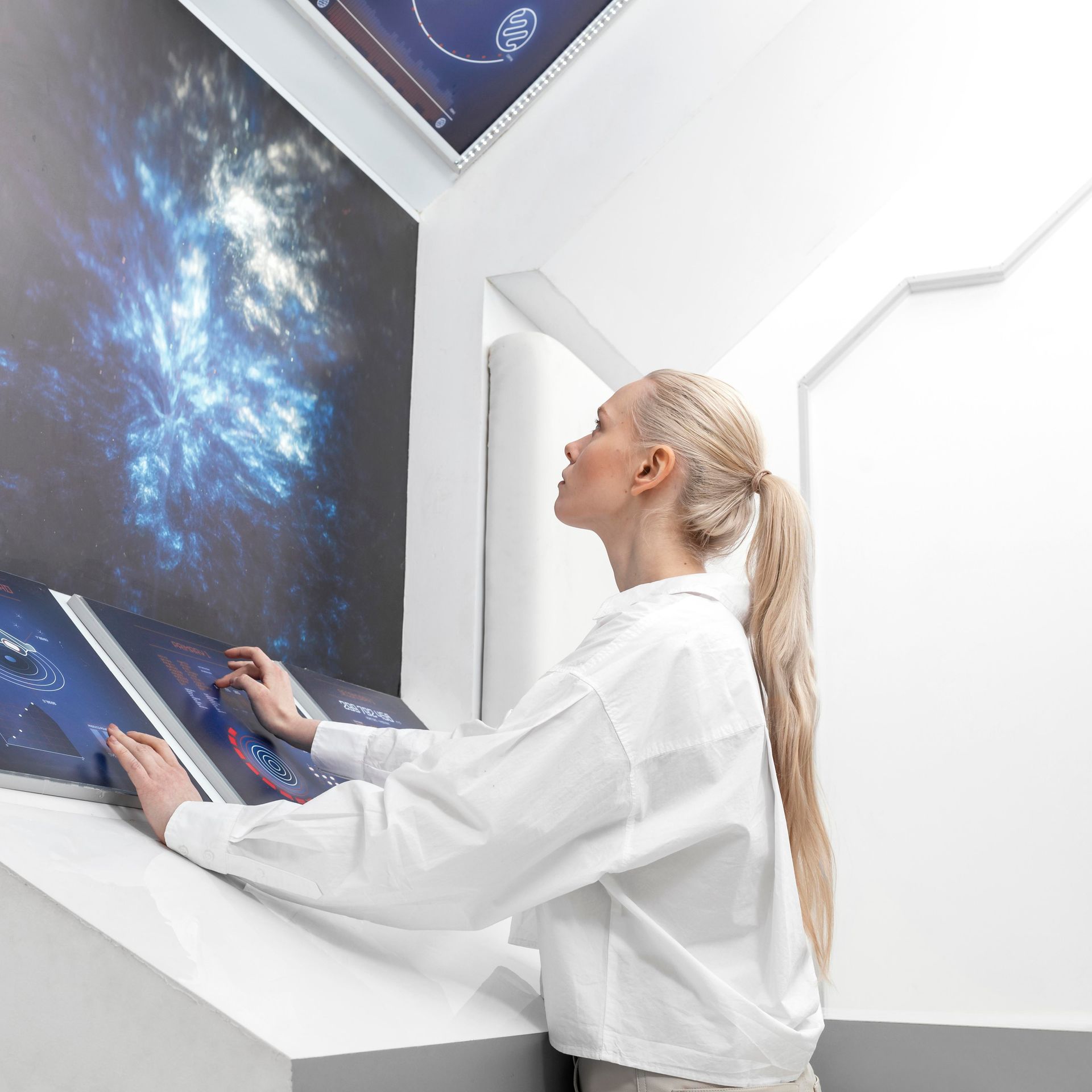How AI Scribes are Transforming Physician Workflows
How AI Scribes are Transforming Physician Workflows
In the demanding world of healthcare, where every second counts, physicians are constantly juggling patient care with the administrative burden of documentation. The introduction of AI scribes is emerging as a game-changer in this space, significantly transforming physician workflows and enhancing the overall efficiency of healthcare delivery.
The Traditional Challenges of
Physician Documentation
Physicians have long been burdened with the task of meticulously documenting patient encounters. This documentation, while crucial for accurate medical records, can be incredibly time-consuming. Physicians often find themselves spending hours each day entering data into electronic health records (EHRs), time that could otherwise be spent with patients or on other critical aspects of care. This administrative load contributes to physician burnout, a growing concern in the healthcare industry.
Traditional methods of documentation rely heavily on manual entry, which not only consumes valuable time but also opens the door to potential errors. With the increasing complexity of patient cases and the need for precise documentation, these challenges have prompted the search for more efficient solutions. Enter AI scribes—an innovation poised to revolutionize how physicians handle documentation.
What Are
AI Scribes?
AI scribes are advanced tools powered by artificial intelligence, designed to assist physicians in the documentation process. Unlike traditional dictation services or human scribes, AI scribes operate in real-time, capturing and documenting patient interactions as they happen. These AI-driven systems use natural language processing (NLP) to understand and transcribe the spoken words of both the physician and the patient, converting them into structured medical records.
The beauty of AI scribes lies in their ability to work unobtrusively in the background. They listen to conversations, accurately document the interaction, and organize the information within the EHR system—all while allowing the physician to focus entirely on the patient. This seamless integration into the workflow not only saves time but also enhances the accuracy of documentation.
The Impact on
Physician Workflows
The introduction of AI scribes into clinical practice is having a profound impact on physician workflows. One of the most significant benefits is the reduction in documentation time. With AI scribes handling the bulk of the note-taking, physicians can complete their documentation tasks more quickly, freeing up time for direct patient care. This shift not only improves the quality of patient interactions but also allows physicians to see more patients throughout the day, increasing the overall efficiency of the healthcare system.
Moreover, AI scribes help reduce the cognitive load on physicians. By taking over the task of documentation, AI scribes allow physicians to focus more on clinical decision-making and patient communication. This leads to a more engaged and present physician, which can improve patient outcomes and satisfaction.
Another key benefit of AI scribes is their ability to enhance the accuracy of medical records. AI systems are programmed to recognize and transcribe medical terminology accurately, reducing the risk of errors that can occur with manual entry. This improved accuracy is essential for ensuring that patient records are complete and reliable, which in turn supports better care coordination and treatment planning.
AI scribes also contribute to reducing physician burnout. By alleviating the administrative burden associated with documentation, these tools help physicians maintain a better work-life balance. With less time spent on paperwork, physicians can dedicate more time to their personal lives, hobbies, or professional development, leading to a more sustainable career in medicine.
The Future of AI Scribes in
Healthcare
As AI technology continues to evolve, the role of AI scribes in healthcare is expected to expand. Future iterations of AI scribes will likely become even more sophisticated, with enhanced capabilities for understanding context, medical jargon, and complex patient scenarios. These advancements will further streamline physician workflows, making the documentation process faster and more accurate than ever before.
One exciting area of development is the potential for AI scribes to assist in real-time clinical decision-making. By analyzing the data being recorded, AI scribes could provide physicians with relevant insights or suggest potential diagnoses and treatment options based on the information gathered. This integration of AI into the decision-making process could lead to more personalized and effective patient care.
However, as with any technological advancement, the integration of AI scribes into healthcare comes with challenges. Ensuring the privacy and security of patient data is paramount, and AI systems must be designed with robust safeguards to protect sensitive information. Additionally, while AI scribes offer many benefits, it is crucial that their use does not depersonalize patient care. The physician-patient relationship is at the heart of healthcare, and any technology used should enhance, rather than detract from, this vital connection.
Embracing the
AI Scribe Revolution
The introduction of AI scribes represents a significant shift in how physicians manage their workflows. By reducing the time spent on documentation, improving accuracy, and alleviating the cognitive load, AI scribes are enabling physicians to focus more on what truly matters—patient care. As these tools become more integrated into healthcare systems, the benefits will only continue to grow, leading to more efficient, effective, and patient-centered care.
In the end, the true power of AI scribes lies in their ability to give physicians back their most valuable resource: time. Time to listen, time to think, and time to care. As the healthcare industry continues to embrace this technology, AI scribes will undoubtedly play a crucial role in shaping the future of medicine, creating a more sustainable and fulfilling practice for physicians and better outcomes for patients.
Recent Posts








CONTACT INFO
LEARN NEW SKILLS
Interested in acquiring the skills necessary to become a Remote Scribe or Remote Medical Assistant? CLICK HERE






